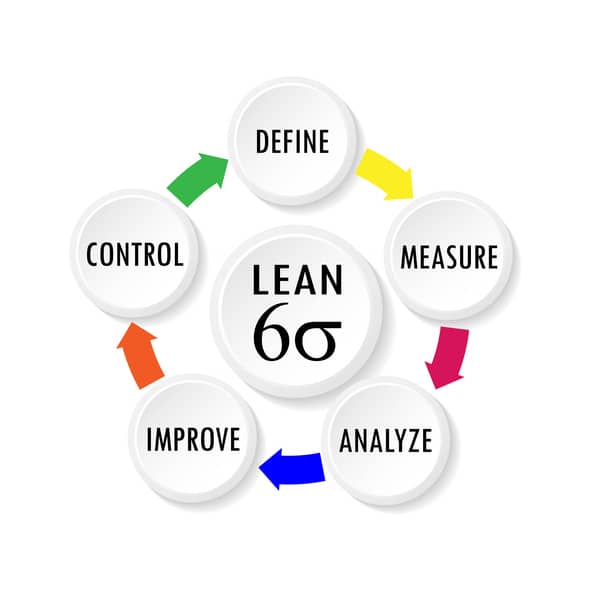Professionals who seek certification in quality and process improvement saw a substantial increase in their salaries in 2018 compared to those with no training, according to the new ASQ Quality Progress Salary Survey.
The survey is released annually by the American Society for Quality (ASQ), an organization that promotes the use of quality tools, principles and practices. The 2018 report marked the 32nd time ASQ has conducted the survey.
The main findings were that learning quality and process improvement methodologies can boost careers in the most tangible way possible: higher salary potential.
It also shows the potential for jobs that feature a process improvement component, much like a recent report from LinkedIn on the most promising jobs for 2019.
The Value of Certification
According to ASQ, professionals who earn one certification made $7,670 more per year than those who did not. Those with two certifications earned $11,127 more than those with just one certification.
Does that pattern repeat indefinitely? No. The ASQ survey found that those with four certifications hit something of a salary plateau around $113,111. That’s still $3,175 more than those with three certifications.
ASQ arrived at those numbers after surveying 6,000 professionals in a variety of industries.
Overall, the survey found that the average salary for a quality professional in the United States increased in 2018 by 1.64% to $94,561. That’s the largest increase since 2015. Since 2008, the average annual salary increase has been 1.5%.
Impact of Six Sigma Training
Six Sigma certification was noted in the report as providing an advantage for quality professionals.
The ASQ survey found that overall, those who completed at least one level of Six Sigma training made about $17,000 a year more than those who received no training.
The difference becomes more pronounced with the higher belt levels. Those who earned a Six Sigma Yellow Belt, the first level of training, earned a modest $569 more than those with no training.
However, those who earned a Six Sigma Green Belt made about $10,000 more each year than those with Yellow Belt training.
Earning a Six Sigma Master Black Belt puts professionals at the pinnacle of training in the methodology. Those with a Master Black Belt made an average annual salary of $134,981. That’s a staggering $48,000 more than professionals who received no Six Sigma training.
Much of this dovetails with the findings from LinkedIn. The social media site for professionals released a survey finding that many of the hottest jobs for 2019 involve at least some knowledge of the skills learned through certification in process improvement methodologies.
Many of these jobs, such as customer service manager and engagement manager, can benefit from the customer-focused strategies that are the foundation of improvement methodologies such as Lean.
Others directly work within Agile, such as Scrum Master and product owner.



